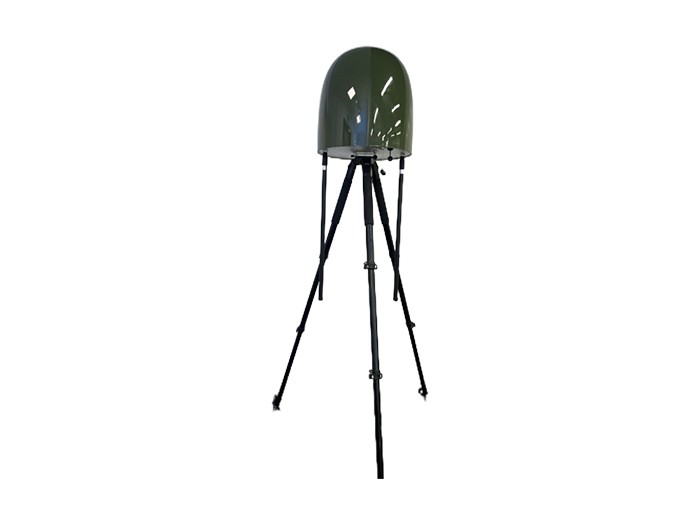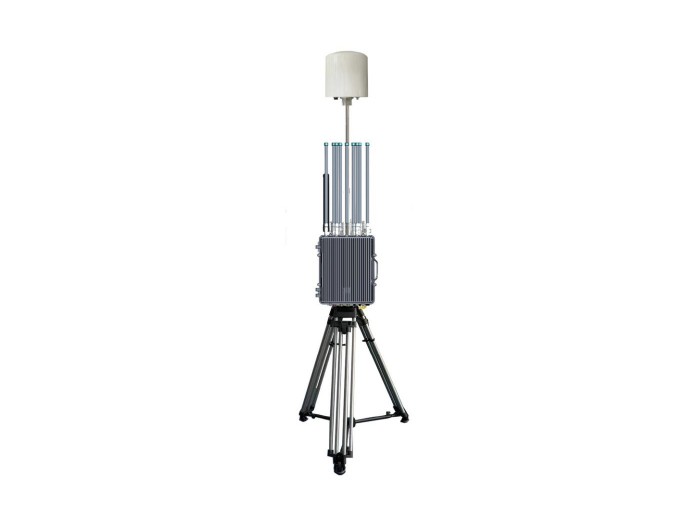DIY UAV Plane: Building Your Own Unmanned Aerial Vehicle
Are you intrigued by the idea of building your own UAV plane but unsure where to start? Many enthusiasts face hurdles when it comes to understanding the components, regulations, or even the best materials to use for their projects. With the increasing popularity of drone technology, not just for recreational use but also for commercial applications like agriculture and surveillance, DIY UAV planes have become a fascinating realm. By incorporating the right knowledge and resources into your project, you can create a functional and efficient UAV plane tailored to your specific needs.
Understanding UAV Technology
Unmanned Aerial Vehicles (UAVs), commonly referred to as drones, are aircraft without a human pilot on board. They can be remotely controlled or fly autonomously through software-controlled flight plans. DIY UAV planes can be categorized into fixed-wing UAVs and multirotor UAVs. According to the Statista, the global drone market is projected to reach over $43 billion by 2024, emphasizing the growing interest in UAV technology.
The benefits of building your own UAV plane include customizable features, enhanced learning experiences, and the potential for significant cost savings compared to ready-made models. With a DIY UAV, you not only gain hands-on engineering skills but also understand the intricacies of aerodynamics and flight control.
Benefits of DIY UAV Planes
Building your own UAV plane offers several advantages:
- Cost Efficiency: DIY UAVs can often be built at a fraction of the price compared to commercial models. With proper sourcing of materials, you can significantly reduce overhead costs.
- Customization: Each DIY UAV project allows for customization in terms of size, weight, and additional components like cameras or sensors, making it easier to tailor the aircraft to specific tasks or conditions.
- Skill Development: Constructing a UAV plane fosters a deeper understanding of aviation and engineering principles. This experience can be invaluable for those looking to enter or advance in the aviation field.
- Community Engagement: Many hobbyist communities dedicate themselves to UAV technology. Joining these groups can provide support, resources, and advice to enhance your project.
For instance, an enthusiastic builder decided to create a UAV plane specifically for agricultural monitoring. He crafted an $800 bespoke UAV, which allowed for real-time crop monitoring— a process that would have cost thousands if purchased commercially. This illustrates how DIY UAVs can facilitate niche applications effectively.
Applications of DIY UAV Planes
DIY UAV planes can be used in various fields:
- Agriculture: Farmers increasingly use UAVs for crop monitoring and precision agriculture, allowing for better decision-making and resource management.
- Filmmaking and Photography: UAVs equipped with cameras are popular in film production and photography, offering unique aerial perspectives that traditional camera setups cannot achieve.
- Surveillance and Security: Organizations leverage DIY UAVs for monitoring large areas. Custom-built models can be fitted with specialized sensors and cameras.
- Disaster Management: UAVs play vital roles in search and rescue missions and post-disaster assessments by providing aerial imagery and situational awareness.

For example, a filmmaker created a UAV equipped with a 4K camera that improved his film production quality without the need to hire expensive helicopter services. This showcases the potential of DIY UAVs in enhancing media projects while providing creative freedom.
Steps to Build Your Own UAV Plane
To successfully build your DIY UAV plane, consider the following steps:
- Research and Planning: Gather information on UAV design and functionality. Determine the primary purpose of your UAV to select the right components.
- Gather Materials: Purchase essential parts, including a frame, motors, electronic speed controllers, flight controller, battery, and transmitter. Websites like SparkFun and Digi-Key can help you find quality components.
- Assembly: Follow a specific guide or tutorial to assemble your UAV plane. Pay attention to the wiring and ensure secure connections to avoid technical issues during flight.
- Software Setup: Install and configure software for controlling your UAV. Consider using open-source platforms like ArduPilot or PX4.
- Testing and Calibration: Conduct land and flight tests to ensure that all systems are operating as expected. Make necessary adjustments to improve performance.
Once your UAV plane is built, you'll have the exciting opportunity to take to the skies and test your creation!
Key Takeaways
- Assess your needs to determine the best type of UAV for your project.
- Research extensively on components and construction techniques to ensure a successful build.
- Join UAV enthusiast communities or forums for insights and recommendations.
- Consider local regulations regarding drone usage to ensure compliance while operating your UAV.
- Employ flight simulation software to practice before taking your DIY UAV to the skies.
Conclusion
Building your DIY UAV plane can be a rewarding endeavor that combines creativity with technical skills. With the right knowledge and resources, you can construct a unique UAV tailored to your specific purposes while contributing to the expansive field of drone technology. For more guidance, resources, and to explore our UAV kits available for purchase, visit our website now! Your UAV journey awaits!

















